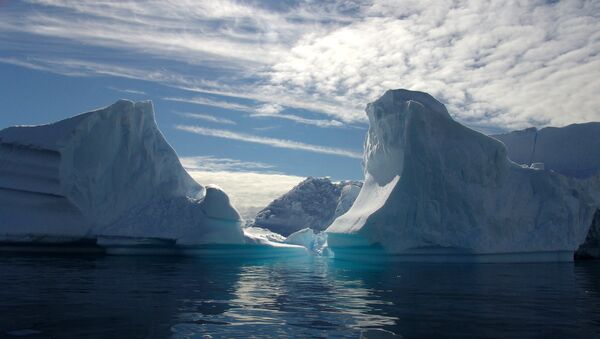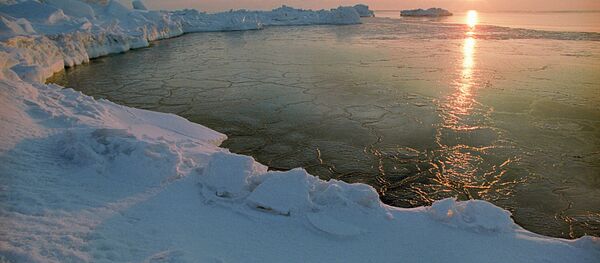"If we were to release all currently attainable fossil fuel resources, Antarctica would become almost ice-free. It is unclear whether this dynamic discharge would be reversible and, if so, on which time scales," write the scientists in their paper, called 'Combustion of available fossil fuel resources sufficient to eliminate the Antarctic Ice Sheet.'
The scientists used numerical models to simulate scenarios of various levels of CO2 emission, from the release of 1,000 gigatons of carbon into the atmosphere, to 10,000 gigatons; to date, people have cumulatively emitted close to 600 gigatons.
"In our simulations, this would keep the ice sheet below the threshold for the collapse of the Wilkes Basin," the largest marine-based drainage basin in East Antarctica, which would yield a global sea level rise of three to four meters.
The Wilkes Basin is subject to marine ice-sheet instability, in which ocean warming leads to greater melting beneath the ice shelf and a subsequent retreat of the grounding line, which separates the grounded ice sheet from the floating ice shelves; several regions in Antarctica are subject to the instability.
"However, if that threshold is crossed, the Antarctic ice cover is significantly reduced in thickness and area," continue the researchers, who explain that once a critical temperature is reached, marine ice sheet instability is compounded by a second self-reinforcing feedback, that of 'surface elevation feedback,' in which the lowered surface elevation of the melting ice exposes the ice again to warmer temperatures.
Burning remaining fossil fuels would eradicate Antarctic ice: http://t.co/YWYpLrLZkF pic.twitter.com/RTnkkHPyI2
— Science News (@ScienceNews) 11 сентября 2015
"In our simulations, the Wilkes grounding line retreats significantly under fossil fuel carbon emissions of 1000 gigatons or more. At this stage, corresponding to a peak warming of 2° to 3°C, both the West Antarctic Ice Sheet and the Wilkes Basin are experiencing rapid ice loss due to their instability, which manifests itself in a visible threshold in sea-level rise."
"Other marine-based drainage systems become unstable under higher emission scenarios, until most of the marine ice is eventually lost to the self-reinforcing feedback after about 2500 gigatons of cumulative carbon release."
According to the study, even moderate carbon releases could lead to sea level rises of five to ten meters, while burning all the carbon fuel resources currently attainable to humans would be sufficient to eliminate the Antarctic ice sheet, which holds water equivalent to 58 meters of sea-level rise, a far greater contribution to sea level rise than that of mountain glaciers or the Greenland Ice Sheet.



